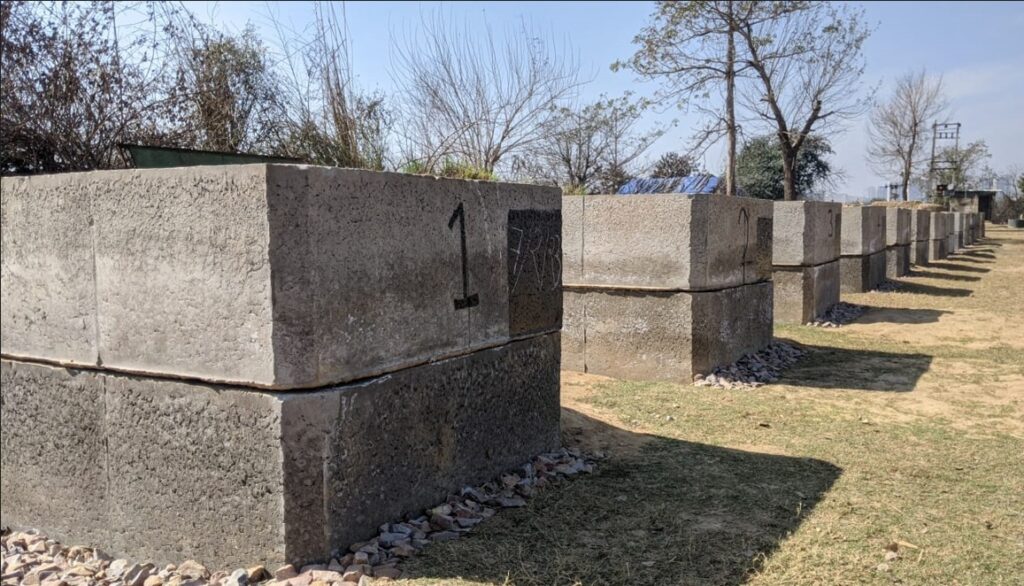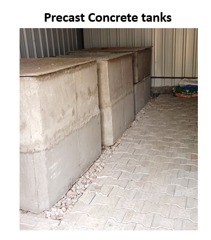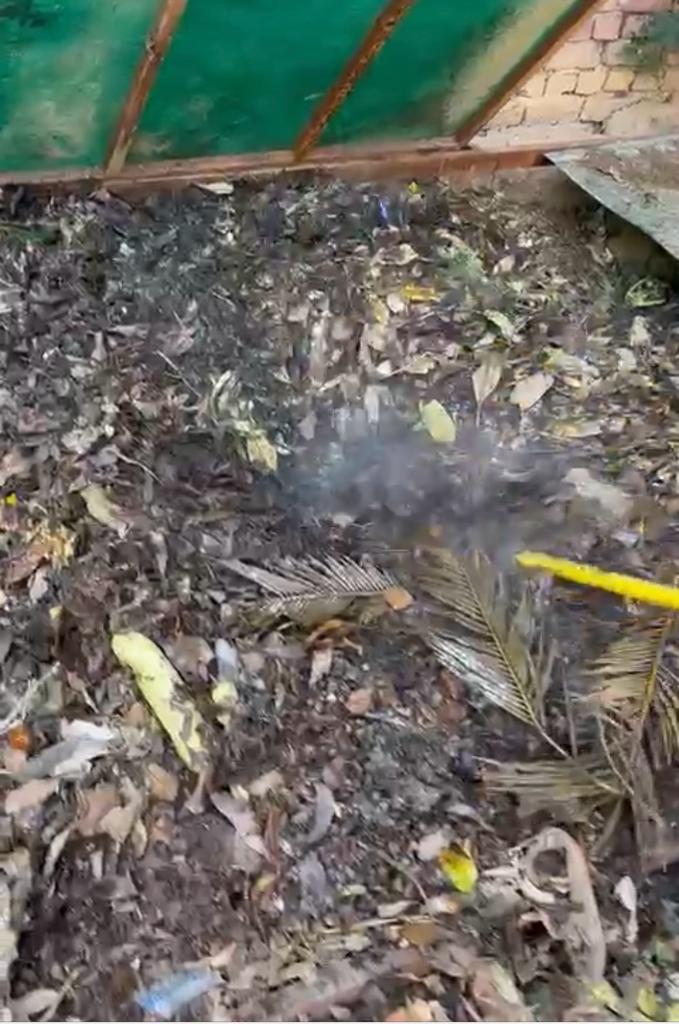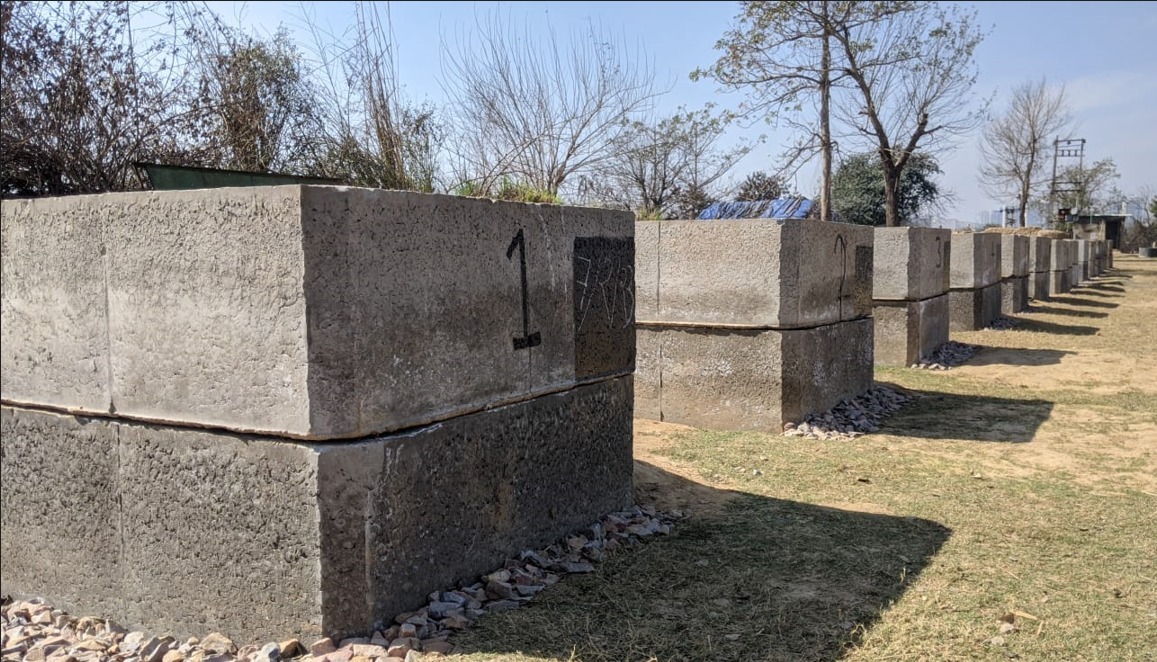South City 1 generates almost 1.5 Tons of Wet Waste every day. An unknown amount of horticulture waste is also being generated in our colony. Most of the horticulture waste is getting mixed with other waste and being sent to landfills resulting severe degradation of the environment for our future generations.
As a first step towards becoming a Zero Waste colony we propose the following.
Residents of Various Blocks are requested to initiate Pit Composting at Block/Lane/Park level so that as a colony, South City 1 can reduce the quantum of Waste generated.
This has already been initiated at A/B block, D Block, I Block and J/K Block successfully in the last one year. E Block has also started with composting horticulture waste. In addition, many residents engage in ‘home composting’
Basic instructions for initiating this in your area are provided below. The Waste management team and SCRWA can be approached for any consultation and support.
A. Pit Composting at Block/Park/Lane Level
B. Pit composting refers to composting in shallow pits, about 4 feet deep dug in the ground as opposed to above-ground structures.
Procedure for Construction of a Composting Pit
Note: If you follow the proper procedure, the problem of bad smell and rodents will be eliminated.
Area: Select an area at least 20 ft. away from residential buildings.
Surroundings: The compost pit area should receive direct sunlight.
Size: The pit is dug approximately 4 feet deep, 3 feet wide, and can be of any length.
Walls: If the soil is of collapsible type, a layer of brick masonry is required on the walls to prevent the soil from coming down. If the soil is firm, it is better NOT to line the pit as it prevents contact with soil
No of Pits: Dig 2 pits of similar dimensions to make the process rotational with a 3-month cycle period.
C. Procedure to make Compost
1. Put a layer of stones/ thick twigs/ coconut fibre on the soil to create air pockets at the base of the Pit.
2. Layer the pit with kitchen waste and garden waste alternately, ensuring that the latter is 3-4 times more than the kitchen waste
3. Sprinkle some garden soil to cover all the organic waste.
4. Sprinkle some water
5. Repeat the procedure in a layer-by-layer manner to fill the Pit. The last layer should be of soil.
6. Ensure adequate aeration by mixing the Waste regularly.
7. Cover the Pit with tarpaulin/ fibre sheet to maintain the temperature and humidity and to prevent rainwater overflow
8. It takes 75 to 100 days for the compost to be ready.
9. Move to the second fresh pit and repeat this cycle.
10. You may use cocopeat and commercially available EM solution
If there are issues of odour/rodents, one can use movable, covered, prefabricated concrete bins. Since the bins rest on soil, there is no requirement for any civil engineering works like attaching pipes, making drains etc.





Popular Stories
The Water Couple’s Journey: From Cleaning Tanks to Complete Water Solutions!
Locals Felling Trees Near Sec A Pkt C
Winning Has Become a Habit for Divya
Is Green Park Heading Towards A Slum
Haphazard Parking, Narrow Walking Space In M Block Market
Geeta Atherya Spoke On Cacti & Succulents
Recent Stories from Nearby
- Water Wastage March 21, 2025
- Clear The Filth! March 21, 2025
- Shikha Rai, the Newly Elected Greater Kailash MLA, Exudes Confidence as She Has Nurtured the Ward as a Councillor for Over Eight Years March 21, 2025
- Mahavirji Temple Updates March 21, 2025
- Sanjeev Kant Soni Doesn’t Even Believe in Using a Smart Phone March 21, 2025







